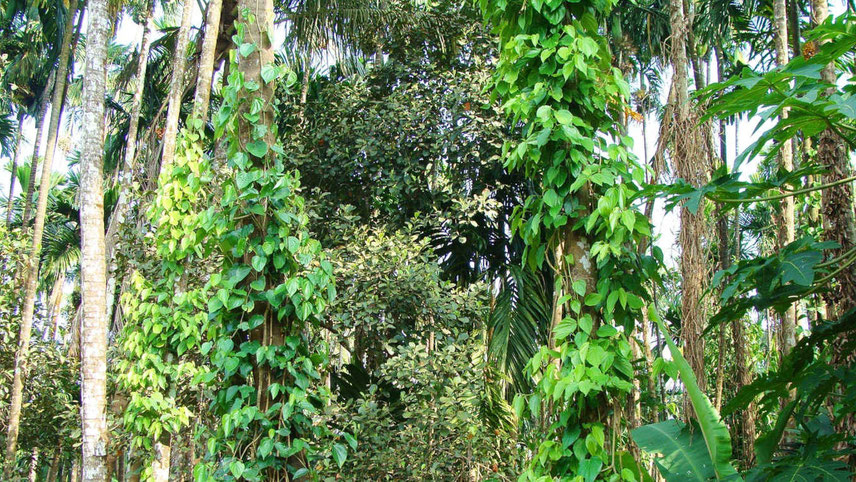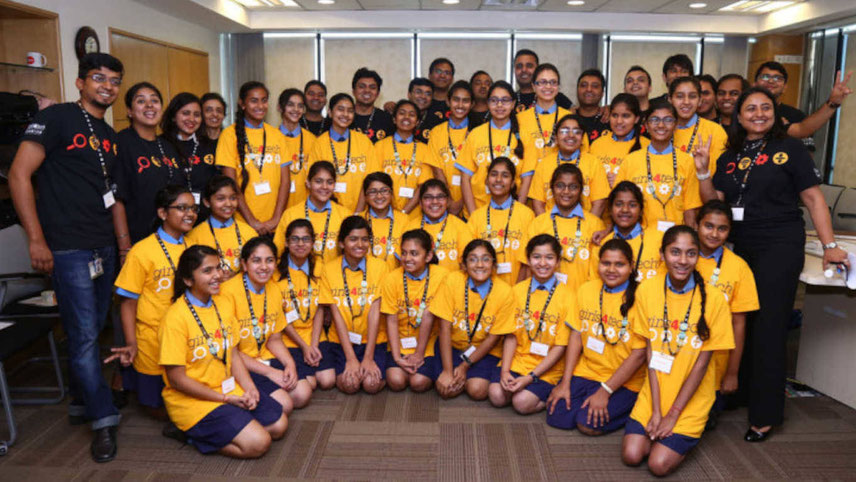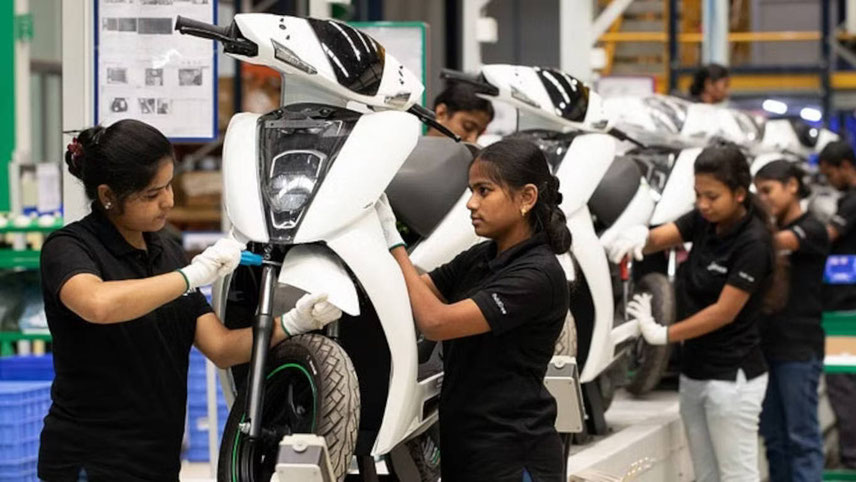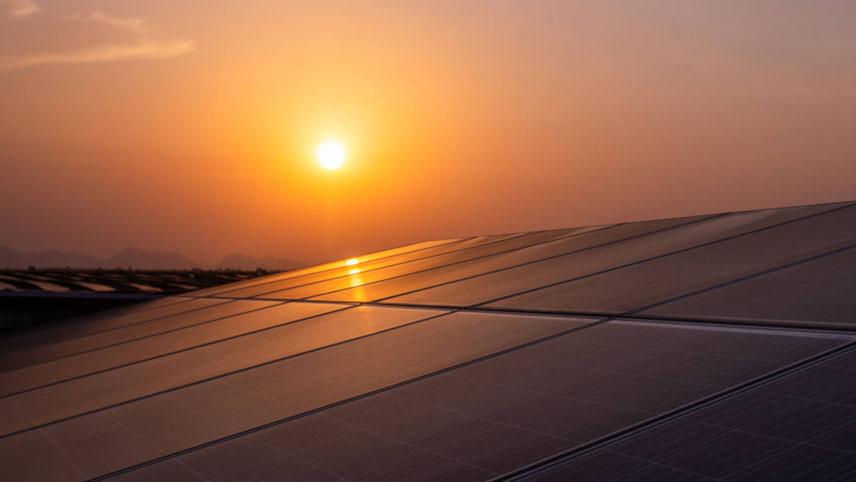Local traders and global commentators have come down hard on the Centre’s decision to discourage rice exports by banning broken rice shipments and imposing a 20 per cent export duty on non-basmati rice varieties. The Modi government, however, feels that its decision to impose selective export curbs is guided by the justifiable need to ensure sufficient stocks of the staple for domestic consumption, while warding off the threat of a price spiral. As it is, the delayed and erratic South-West monsoon is expected to diminish the size of India’s rice production by about 10 million tonnes this year, out of an expected kharif output of 111 million tonnes. Besides, domestic buffer stocks of food grain, which feed the Public Distribution System are at just 60.11 million tonnes, a good 34 per cent below levels last year. Imposing a partial ban is the easy part. The low buffer stocks have cast doubts over the Centre’s ability to continue with its distribution of free foodgrains under the PM Garib Kalyan Anna Yojana beyond this month; the scheme has been providing an additional 5 kg of rice and wheat free to targeted poor households since first wave of Covid hit the country in 2020. Should PMGKAY be discontinued, as some economists are advocating, its 813 million beneficiaries may turn to the open market for their additional cereal requirements. The Centre will have to come up with administrative measures to keep prices affordable at a time when food inflation is showing no signs of let up. Kharif accounts for 80 per cent of the annual paddy output. The low stocks are mainly on account of Central agencies failing to meet their wheat procurement targets in the recent rabi marketing season thanks to short supplies and spiralling local prices. The heat waves due to climate change around March this year had stunted the output. Now, the patchy monsoon is playing spoiler with the rice output as well, with a poor crop and export demand fuelling shortages. While placing export curbs, the Centre has taken care to be selective. The export ban applies only to broken rice exports which made up 3.9 million tonnes of the 21 million tonne exports in 2021-22, and mainly go towards animal feed in countries such as China and Vietnam. Both par-boiled and basmati rice exports, accounting for over 10 million tonnes and intended for human consumption, have been kept out of the ban. On non-basmati rice, the export tax of 20 per cent ensures that the cereal is not shipped out at unremunerative prices. This year, non-basmati rice from India has been exported at FoB prices that are at a discount to that of exporters from other countries, with realisations not even matching the domestic Minimum Support Price for paddy. A cautious policy The government believes that overall, it is following a cautious policy that conserves domestic stocks of food grains in a populous country like India. Such a policy is prudent at a time when global agri markets are rife with fears of a global food crisis precipitated by fertiliser shortages and droughts.
-

Export curbs: warding off the threat of a price spiral?

































